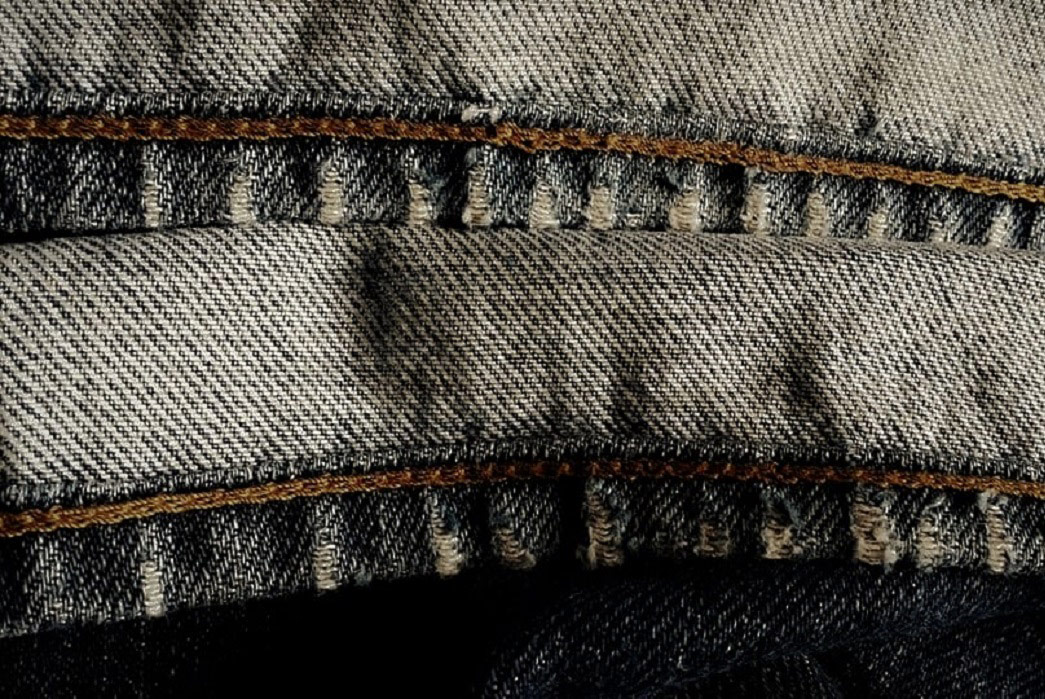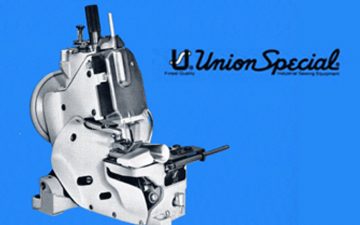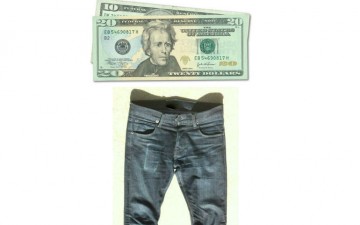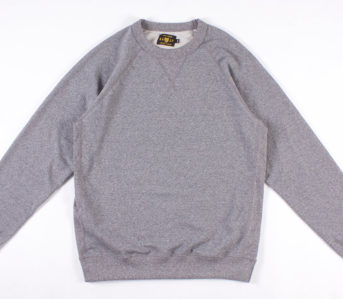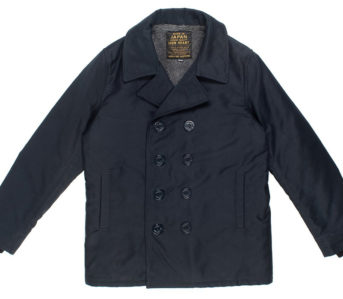Every now and again, I think it’s a good idea to take stock of what we’re doing and where we want to go on this journey into “well made goods”. For the past year, Gerald Ortiz was at the helm of most of the creative direction of our content. With his recent departure (best of luck, Gerald!), I’m taking on those responsibilities again and it seems as good of a time as any to reiterate exactly what we’re doing here at Heddels.
Our log line is simple, “Own things you want to use forever,” but much more complex in execution. First let’s get into the “why” and then we can explore the “how”.
Why Should You Own Things You Want to Use Forever?
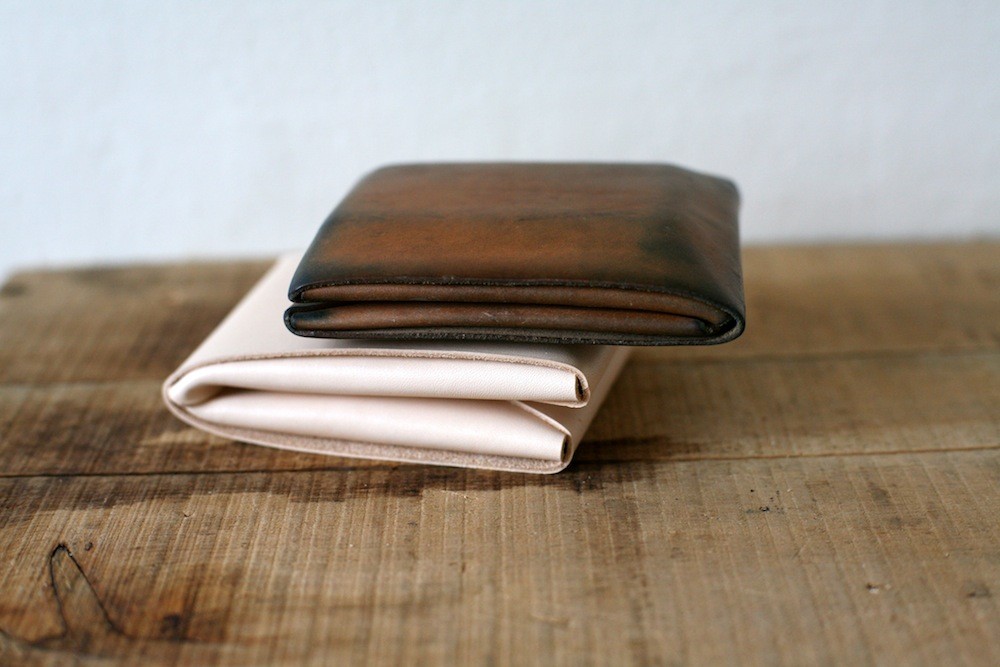
Corter Leather Entry Level wallet.
This seems self-explanatory, but the benefits of only having things in your life that you actually enjoy using are aplenty!
- It saves you time you don’t spend shopping and money that you don’t spend buying things you don’t necessarily need
- Consuming less helps the environment because fewer resources are needed to make more and more things
- Having things you like means you enjoy using them more. You aren’t living in a state of perpetual dissatisfaction and looking for the next, improved version of whatever it is you already have
First, Not consuming as much saves you time and money. The average American spent about 10 hours a month shopping in 2018, this is down from 12 in 2003, but still 10 hours—that’s like killing one Saturday a month! Think of all the other more enjoyable things could you do with those hours: learn a musical instrument, become more involved in your community, browse a consumer website that tells you not to consume as much.
Not to mention that those 10 hours are spent shelling out money. If you spend less time shopping, you’re probably also going to spend less money overall buying things you probably don’t need, so you’ll have less clutter in your home.
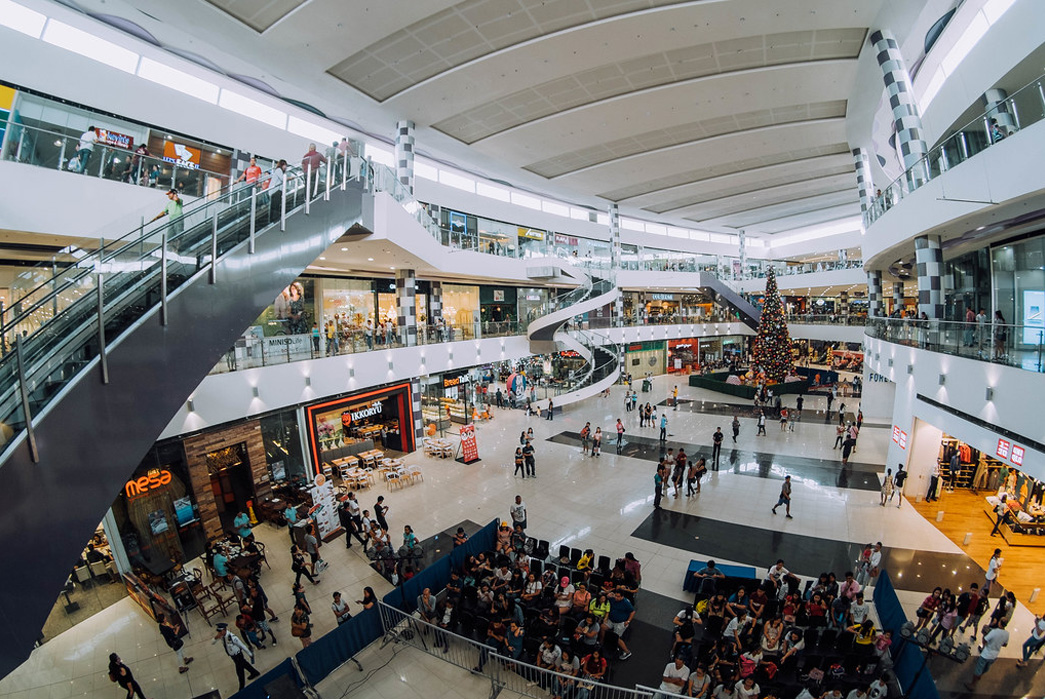
The atrium of the omnipresent mall. Image via Flickr.
And finally, this may sound redundant, but having things that you enjoy in your life is…more enjoyable! Our current economic model is centered around constant consumption. The big companies can only exist if most people replace everything they own every few years. Ford couldn’t stay in business if everyone kept their cars for 25 years, Levi’s wouldn’t survive if people typically got new jeans every other year.
The only way this cycle can perpetuate itself is if consumers are in a constant state of dissatisfaction with what they already have. The thrill of a new phone cools considerably with the introduction of next year’s model, the trendy clothes of AW19 will seem dated when August of 2020 rolls around. It’s a game of constantly diminishing returns and there’s no way to win as a consumer.
The way out is to instead “own things you want to use forever”. If you feel that the item you have, in its current state, is preferable to you than everything else on the market then you’ve won. There’s no need to spend hours browsing only to spend more of your money trying to replace it. Killing that unquenchable desire to consume, consume, consume, leads to a lot more contentment with the things you have.
But consumer capitalism is a helluva drug. Breaking the habit is nearly impossible without fleeing to a self-sustaining commune and wearing a sheepskin tunic or whatever. We’ve laid out our guidelines below that we think will help you purchase things in a way that you’ll want to keep with you for as long as you can.
How to Own Things You Want to Use Forever
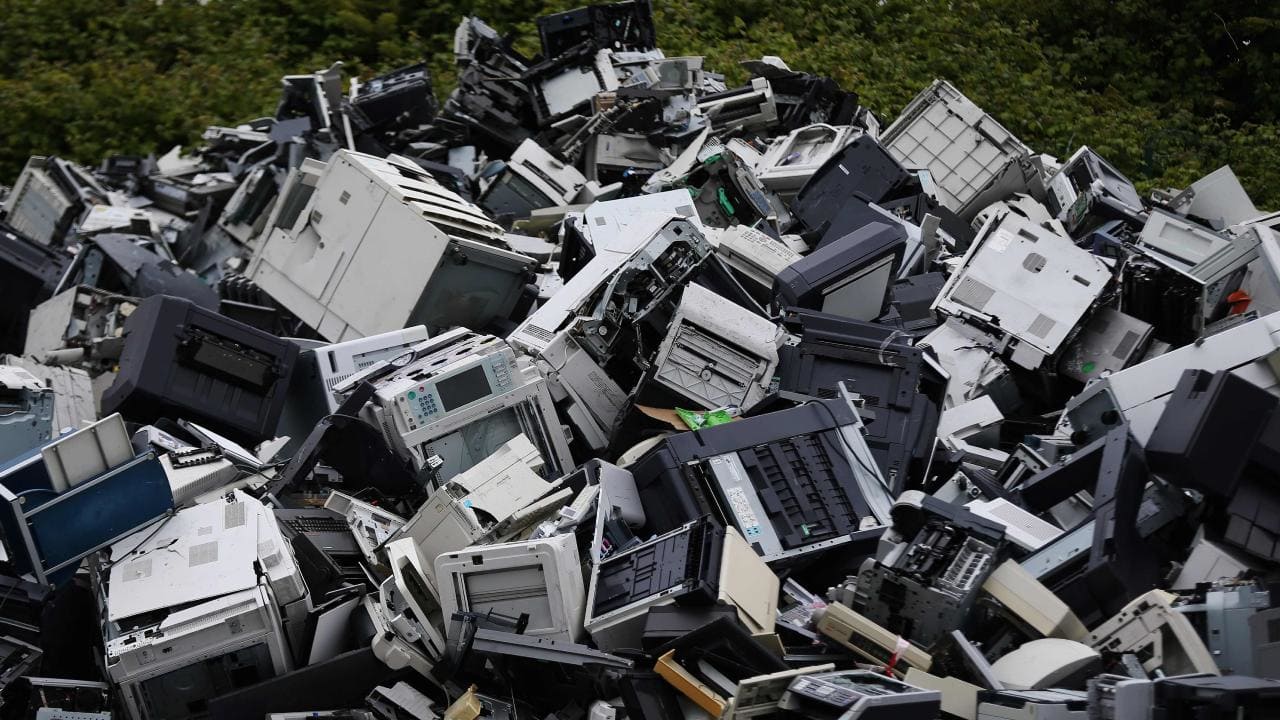
Tech waste that definitely didn’t get used forever. Image via The Australian.
Finding things (or even just one thing) you want to keep until the end of days is no easy task. Especially when the mainstream consumer marketplace is a minefield of shoddy and unethically produced goods, many of which have a poison pill of planned obsolescence, so they wouldn’t last even if you wanted them to.
The list of qualifications is pretty long:
First, you have to find something that fulfills a need you have and likely will have for the foreseeable future. Then you have to make sure it will last that length of time; when pieces of it break or wear out, that they can be replaced and restored back to working condition. You’ve also got to know it was made in a way that you ethically agree with, so that your purchase doesn’t support forced labor, unsafe working conditions, or the destruction of the planet. And finally, and perhaps most importantly, it needs to be something that you won’t get bored of and replace with a newer, shinier alternative before you’ve wrung every last drop of use out of it.
To summarize, it’s got to be something that:
- Fulfills a need that you have today and will have for years to come
- Won’t become obsolete or outdated
- Is repairable and generally made to last
- Is made to your ethical standards
- You won’t be tempted to upgrade or replace
We’re here to connect you with the things that fulfill those criteria. That’s the entire goal of this website. If you see something on Heddels, we think it passes all of those tests.
So how do we go about proving that?
1. It Fulfills A Need You Have Today and Will For Years to Come
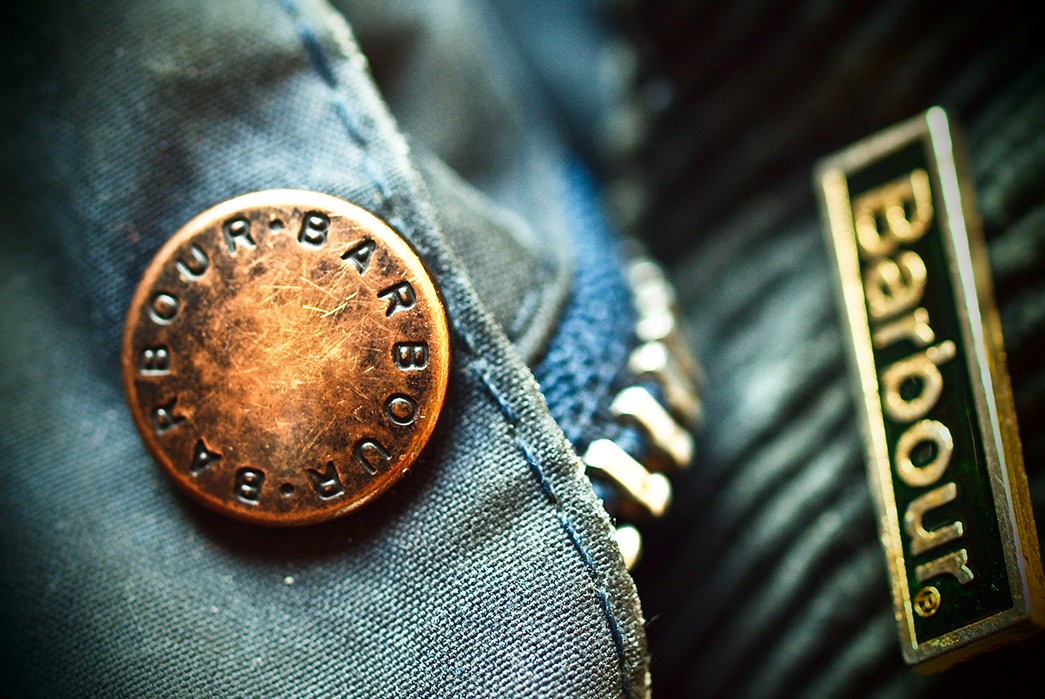
Barbour’s famous waxed cotton and hardware. Image via Barbour.
This one we’re going to have to leave in your court because it’s entirely dependent on your specific situation. Think about how much you’re actually going to use something before you put your money down for it. A raincoat will probably be much more useful to you if you live in London than in Los Angeles. A set of steak knives might not be the best investment if you’re a vegetarian. You may not want a surfboard if you live in a landlocked state.
Think long and hard about what your needs are and if the thing you’re thinking of buying will serve those needs today, tomorrow, and for many days after that.
We cover things that we think will be useful to a wide number of people: apparel, bags, and accessories. We will on occasion feature things within specific niches, like a fishing reel or a motorcycle helmet, but with the understanding that what we feature will be useful in those niches for years to come.
2. Won’t Become Obsolete or Outdated
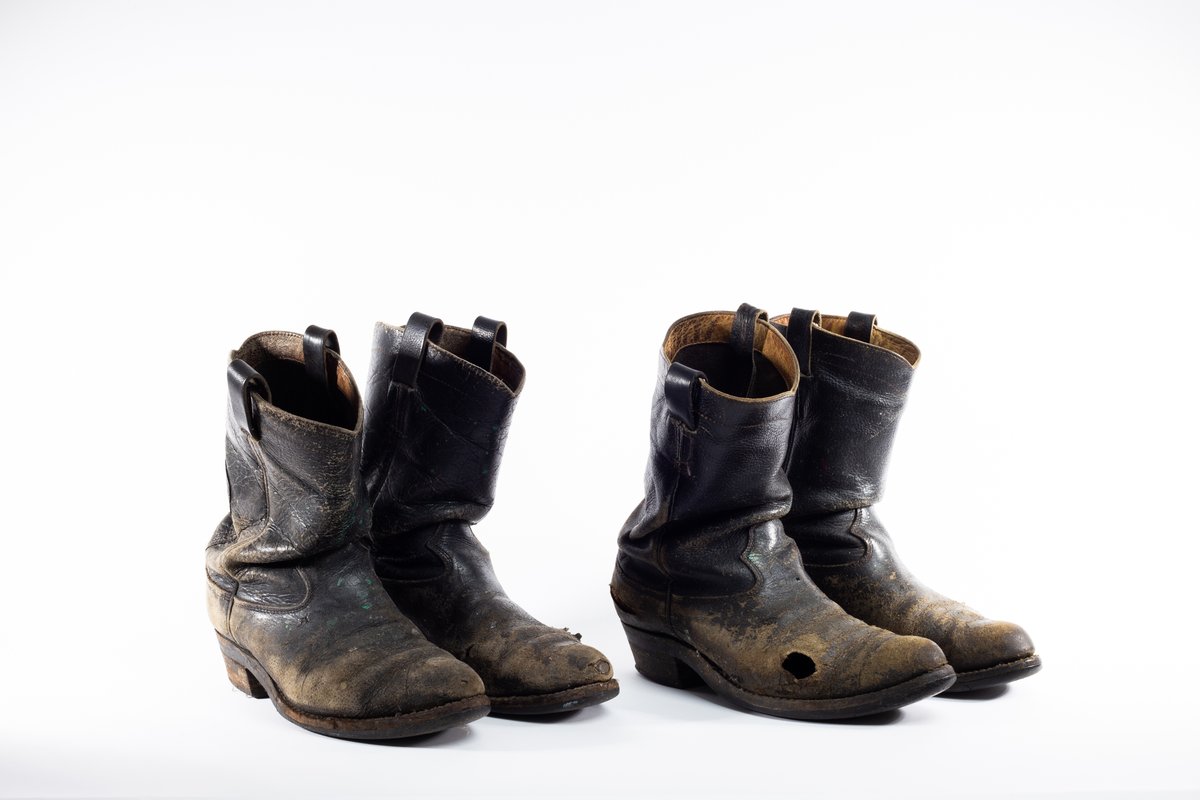
Soft soft boots. Image via Viberg.
Trends should be avoided with this kind of thinking. Unless you’re willing to commit to wearing parachute pants until the silk crotch blows out, try to buy things that won’t look dated next season.
Most of the clothing and other items we feature take inspiration from the past. They’re designs that have withstood the test of time and still look relatively wearable–a lot of older workwear, military apparel, and sportswear has a timeless quality that didn’t seem out of place fifty years ago and likely won’t seem out of place fifty years from now.
This means we also don’t cover other iterative things like the latest in electronics or cars or what have you. We’re less interested in what’s on the cutting edge and more in what’s been proven to do the job effectively for years to come.
3. Is Repairable and Made to Last
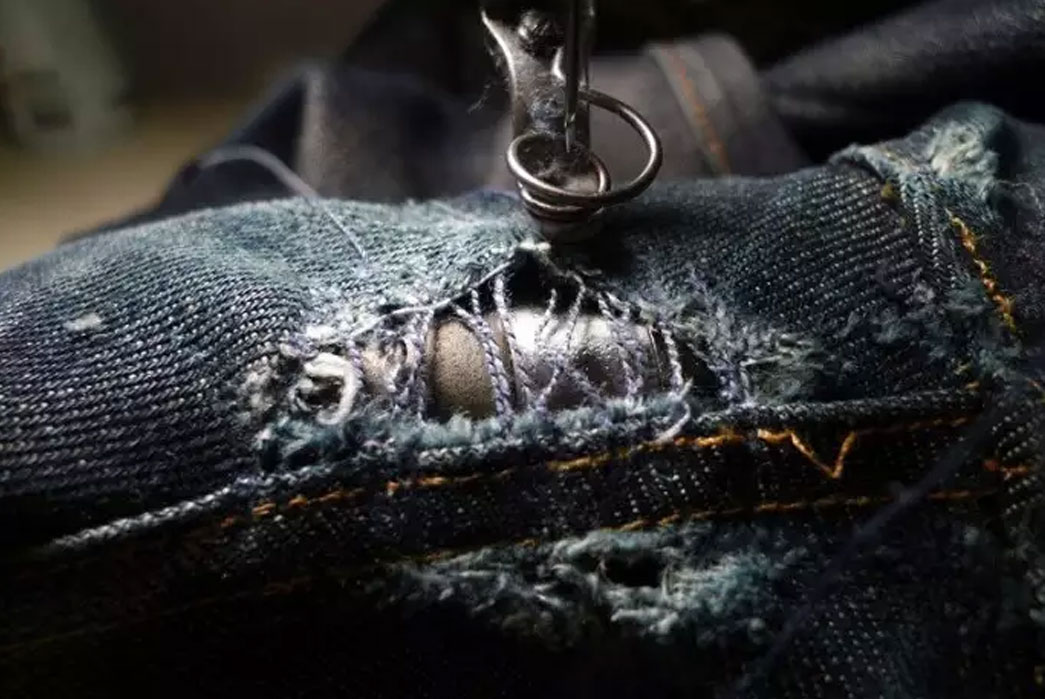
The original name for this site was “Rawr Denim” because it was all about Raw Denim (get it??). The defining characteristic of raw denim is that it’s unwashed and undistressed when you start wearing it. They haven’t been chewed up by sandpaper, eaten by enzymes, or zapped by a laser. This means that raw denim jeans have every possible shred of use still in them when they’re brand new.
That’s the mentality we bring to everything we decide to feature—is it raw? You’re not going to see anything on here that isn’t made to be as useful as it possibly can be. This is necessary on your journey to “own things you want to use forever”, because you should be able to use it for as long as you possibly can, without having that robbed from you by the manufacturer.
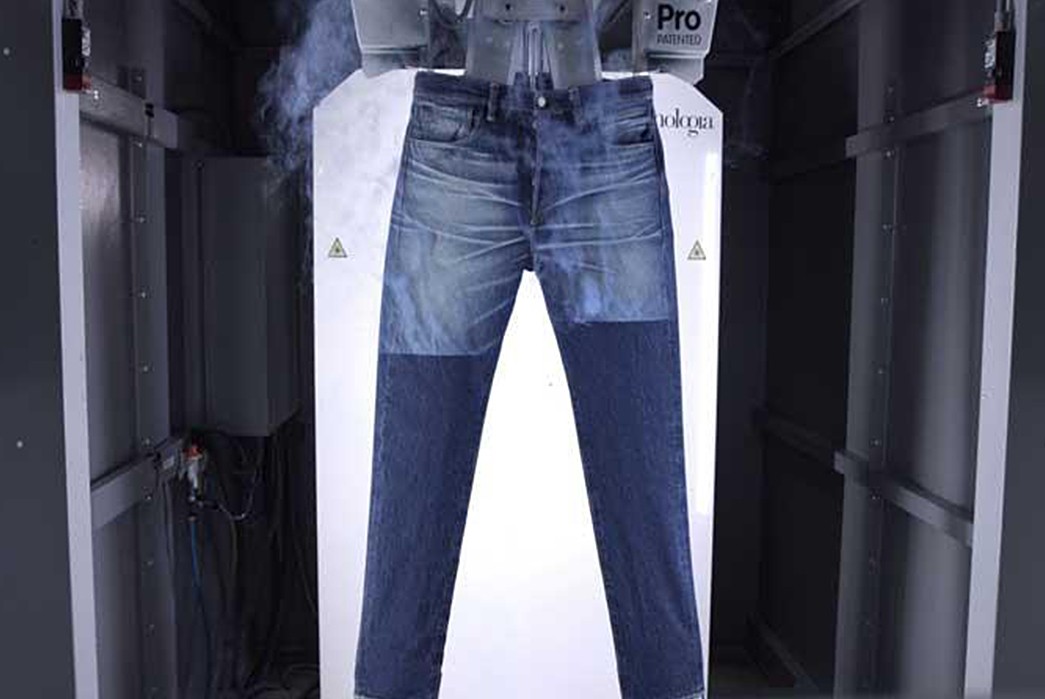
A pair of jeans is distressed via laser-etching robots. Image via Fibre2Fashion.
But things wear out, things break. It happens with anything that has enough use. We’re not just concerned with how long it takes for something to break down but also how easy it is to repair once it’s broken. Restitching a pair of 100% cotton jeans is far easier than one that has stretch polyurethane woven into its fibers. Patching a waxed cotton jacket on a home sewing machine is way more doable than trying to fix a hole in a synthetic Gore-Tex one.
Some manufacturers make it nearly impossible to repair their goods in an effort to get you to purchase a replacement instead. We’re looking for the opposite of that—products designed so their most vulnerable and stressed pieces can be replaced easily: glasses that can have the lenses swapped out, shoes that can be resoled, a water bottle that has replacement caps available.
We also have loads of guides about how to do a lot of this repair work yourself and also when you might want to bring in a professional (and where to find them).
4. Is Made to an Ethical Standard
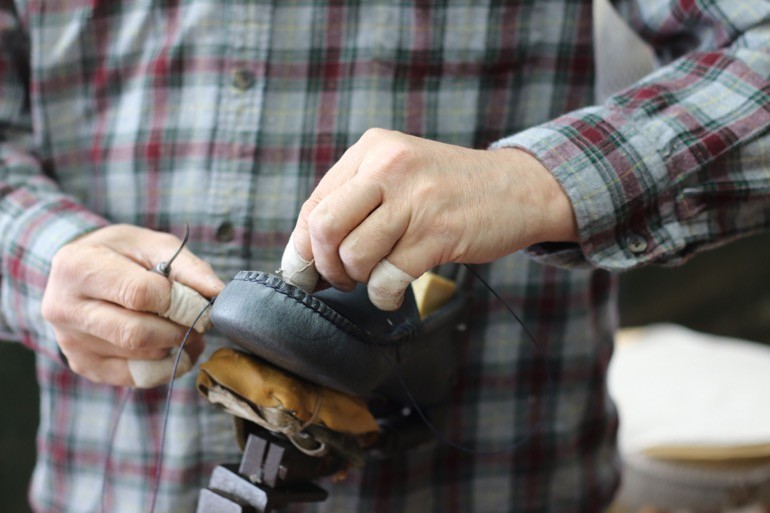
An image from a recent visit to New England Outerwear in Lewiston, Maine.
It can be difficult to maintain and appreciate an item that was made with abhorrent production practices. I don’t know about you, but if I suddenly discovered my jeans were made by child slaves, I’d probably want to stop wearing them.
The standards that we’re looking for are generally:
- Wages that can support housing, essentials, and medical care for all workers
- Safe and tolerant working conditions, free of child and forced labor, where grievances can be addressed collectively
- Minimal environmental impact and use of resources in relation to the longevity of the finished product (i.e. a leather jacket is much more resource intensive than a cotton one, but will presumably last much longer)
It can be incredibly difficult to suss this out, however, when many garments move through a half dozen countries and labor regulations before they’re ready for purchase. We instead prioritize smaller, in-house operations that are transparent about every step in the supply chain.
This means we often focus on things made in USA/Canada, Europe, or Japan because there’s usually much more transparency with production in those countries. That doesn’t mean there aren’t many amazing makers that produce at that level in other parts of the world (we did a project that was entirely made in Pakistan this year), it can just be more difficult to verify. Clothing production can be such a black box, but we want to give you some sense of where things are coming from and how they were made so you can make the most informed purchase.
I’m very lucky that I only wear new clothing that was made by people that I know personally. I’m only able to do that because it’s my job to visit factories and document the people in this community, I hope that we can indirectly give people that same feeling.
5. You Won’t Be Tempted to Replace or Upgrade
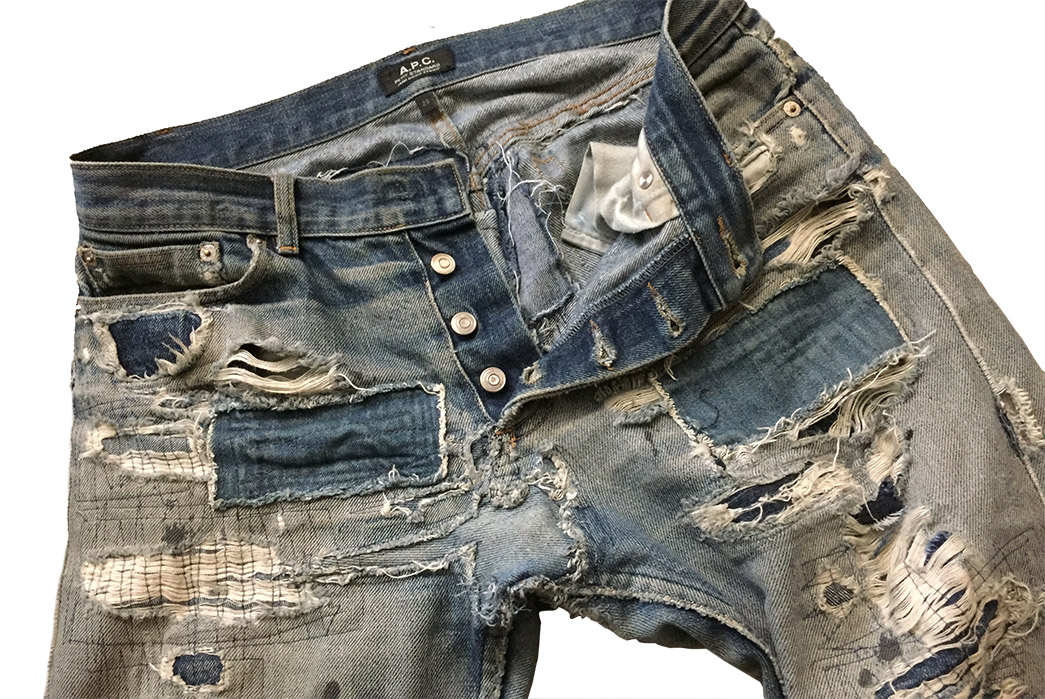
This is the X-factor that really defines whether you go the distance with your purchase or not. It’s a multibillion dollar industry to keep you dissatisfied, so how can you inoculate yourself from their influence?
The answer I think is pain. It lies in the agony and the ecstasy of break-in periods. I’ve often thought of raw denim as a pseudo-fraternity that you haze yourself into. You put down at least a hundred bucks to buy an uncomfortable pair of pants whose will you have to break before they break yours. You’re fooled into doing silly things like putting your jeans in the freezer or wearing them in the ocean, and you push yourself to put off that first wash for as long as humanly possible.
And yet, once you’ve broken through, there’s no going back. Once your pair has broken in and those first highlights of fade shine through the rope-dyed yarns, you and those jeans are forever marked by each other. Why would you want to buy a new pair? Why would you want to abandon the progress you’ve made?
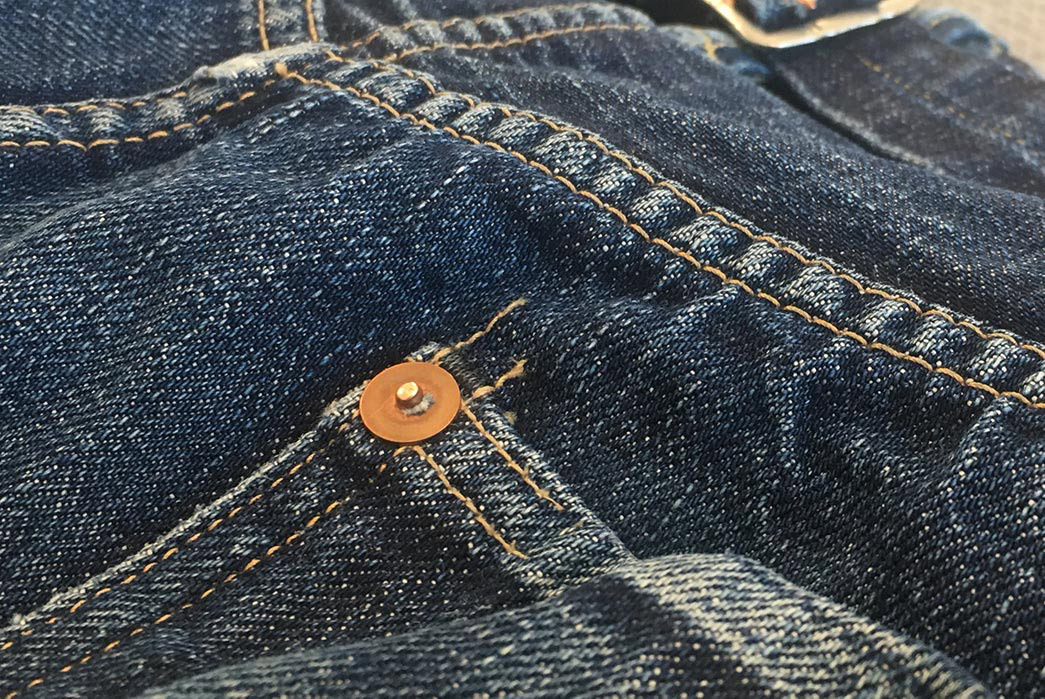
Things that evolve with wear require some commitment to unlock their full potential. A brand new item isn’t as good as one that you’ve already used for a month. When your boots have molded to your feet, your wallet has developed a deep patina, and your cookware is perfectly oiled and seasoned, the prospect of buying new things becomes much less attractive. The best thing available is the one you already have, and you’ll go to lengths to maintain and repair them so they’ll continue to serve you and you them.
We aim for everything we feature to evolve with use and to have that kind of break-in period where there’s a sense of satisfaction and progress every time you use it. These things aren’t a slow tumble to degradation but rather a bell curve where they keep getting better and better until every drop of utility has been wrung out.
The Japanese have a term for it called ‘wabi sabi’, which means the beauty in decay. Our Fade Friday series features items that have done just that, and you can see the difference between what they look like new and how they developed into something totally unique by the end of their life cycle.
Where to Go From Here
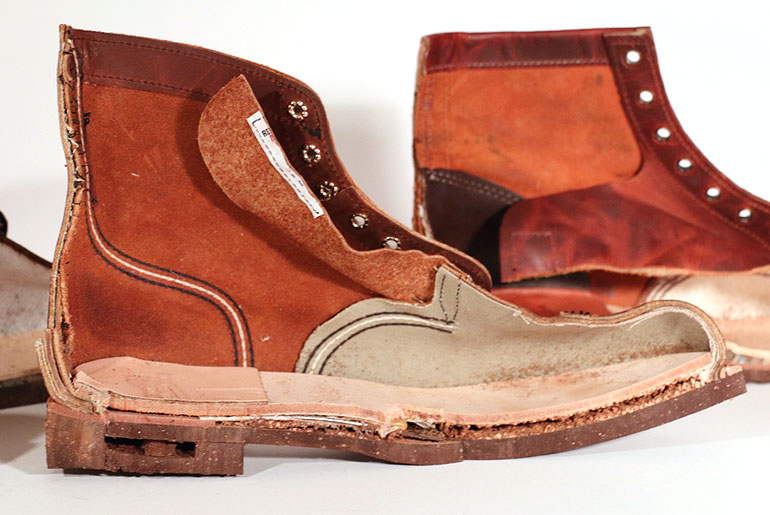
Red Wing Iron Ranger Cross-Section.
That about sums up what we do here at Heddels. The things we feature are a lot more to us than an aesthetic, we hope that owning things you want to use forever is the path to a more just and equitable way to be a consumer that will save you time and money.
True systemic change will have to go beyond each of us changing our personal shopping habits, but until that time, we’ll be here, trying to blaze a path of owning fewer and better things.

